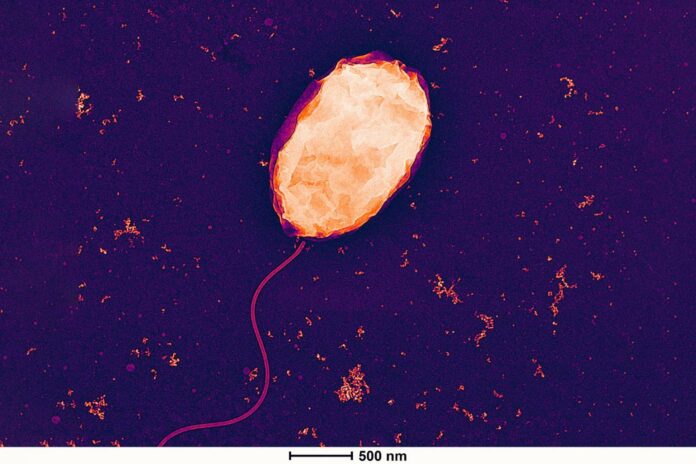Rare earth elements (REE) are crucial for modern technologies, but traditional methods for purifying them can harm the environment or be expensive. Using bacterial cell membranes for adsorption or biosorption is a sustainable alternative, but it needs improvement in capacity and specificity. While recent progress has been made in understanding REE-biosorption genetics, the complexity of bacterial membrane surface sites makes targeted genetic engineering challenging.
A tiny bacterium, weighing just one-trillionth of a gram, could play a significant role in processing rare earth elements in an eco-friendly manner. Cornell scientists suggest that genetically engineering this bacterium may enhance the efficiency of purifying elements crucial for smartphones, computers, electric cars, and wind turbines and potentially improve global economic supply chains.
Buz Barstow, assistant professor of biological and environmental engineering in the College of Agriculture and Life Sciences, the corresponding author, said, “Traditional thermochemical methods for separating lanthanides are environmentally horrible. It isn’t easy to refine these elements. That’s why we send rare earth elements offshore – generally to China – to process them.”
Refining rare earth elements is challenging, often requiring outsourcing to other countries, primarily China. Researchers, led by doctoral students Sean Medin and Anastacia Dressel ’24, have worked on genetically engineering a strain of Vibrio natriegens to enhance its ability to biosorbent or extract rare earth elements.
The scientists modified the bacterium’s genome using a plasmid called MP6, introducing errors into the genome and screening for mutants with improved biosorption of rare earth elements.
He said, “Given the ease of finding significant biosorption mutants, these results highlight just how many genes likely contribute to biosorption and the power of random mutagenesis in identifying genes of interest and optimizing a biological system for a task.”
Barstow said, “This new work gives us a shot to leapfrog thermochemical methods. We can engineer this and other bacteria, and because we don’t need to purify proteins, we can operate this kind of system much more cheaply than competing biological processes.”
Journal Reference:
- Sean Medin, Anastacia Dressel, David A. Specht et al. Multiple Rounds of In Vivo Random Mutagenesis and Selection in Vibrio natriegens Result in Substantial Increases in REE Binding Capacity. ACS Synth. Biol. DOI: 10.1021/acssynbio.3c00484
